Eton Vintners
Knowledge Centre
Madeira Wine
Madeira is world famous for its amber nectar of fortified wines. It’s also a semi-tropical paradise of diverse vegetation. Its warm climate and position as an island in the Atlantic (it’s four hours flying time from London) have allowed diverse varietals of grapes to grow at far lower altitudes than would normally allow them to flourish; it’s also protected them from disease. Thus has the wine industry in Madeira been able to grow.
For Madeira is a tropical El Dorado of vegetation. Beautiful plants grow as weeds on the side of road owing to very fertile volcanic soil. Mountains tower over lush valleys with a labyrinth of tunnels to get from one side of the island to the other. The south and east of the...
Organic, Biodynamic, Skin Contact or Orange and Natural Wine
Wine is perceived as one of the most natural and healthy of alcoholic beverages. Consumers might be surprised to discover that the majority of everyday wine is produced using a wide variety of chemicals, both in the vineyard and the winery, traces of which can end up in the final wine (ever wondered why cheap wine gives you such a headache?). A vineyard is almost unique in that vines cannot be crop rotated, and cannot be left to lie fallow. As a consequence the use of agrochemicals over time leads to a build up of pathogens and a depletion of soil health. This weakens the vine, creating a cycle of dependency on chemical treatments. As vineyards become “green concrete” wine makers...
Wine Regions and Types of Wine
Amarone, the most famous of Italy’s dry dried grape wine, is produced from the identical grape varieties (Corvina, Molinara, Rondinella Corvinone and Dindarella) and in the same production zone of Valpolicella. Amarone DOC is made from selected superior whole bunches of grapes which are dried in special drying chambers where the grapes are strungup from the ceiling. The grapes are left to dry until January following the vintage. After the drying process(a weight loss of some 30-40% of the initial weight occurs during this time), the grapes are pressed and fermented dry. The wine is then aged in wooden casks for a minimum of 2 years...
Champagne
Champagne remains the pinnacle of sparkling winemaking, despite the proliferation of ’traditional method’ sparkling wines on the market. The region’s success continues unabated, even in recessionary times. The winning combination of top quality grape varieties, a northerly climate, hundreds of years of winemaking using the ‘méthode champenoise’, as well as an efficient marketing strategy, has ensured the reputation is upheld. The vineyards of Champagne cover an area of 34,000 hectares, or 3.4% of the entire French vineyard area. There are 15,000 growers who work these vineyards, with 150 cooperatives of varying sizes, and 300 Champagne ’houses’, or négociants. Most of the area lies on limestone soils, which is important in this relatively wet climate - amongst other benefits, limestone drains well, preventing problems associated with waterlogging or excess vine vigour.
Rosé
Rosé wine is made from red grapes and grape skins fermented with the juice for only a brief time at cool temperatures, between 13C & 14C, which gives it an aromatic lift and finesse. Then the pink-tinted juice is drained, or bled off from the skins according to taste and market desire resulting in colour ranges from pale pink to a deeper shade of salmon.
Calvados
Calvados received Appellation d'Origine status in 1942 and today three different appellations exist for calvados. Each appellation has unique and distinguishing characteristics, which concern the geographical area and the distillation process. The geographical production areas are strictly defined and all operations that result in the production of calvados are carried out within these zones. The Appellation Controlee System is a set of rules designed to guarantee and maintain the characteristics and quality of the product and its century old traditions...
Madeira
Madeira's mainland cousin, Port, enjoys a unique status as the ultimate fortified wine.The wine industry on Madeira is a small one. This tiny Portuguese island off the north west coast of Africa has around 1,500 hectares under vine, whereas the Douro Valley has around 40,000 hectares planted for the production of Port. Notably, the bulk of Madeiran plantings are American Vitis Labrusca varieties, introduced post-Phylloxera, and now illegal in Madeira production...
Sherry
All sherry is matured through a system of barrels called the solera system. Sherry wine has a unique property in that it takes on the characteristics of the older wine once blended. The Solera System has therefore been developed to take advantage of this. At each stage the wine is taken from the bottom row of barrels ie the solera or shipping solera and then is filled from wines from younger criaderas (or sherry nurseries as they are known). At each stage about a third of wine is taken out and replaced with wine from the one above until the new wine of the year goes in.In this way, the wine in each butt is refreshed at least three times a year. There is no virtually other wine which is blended in this way. It takes at least 4 years minimum to reach the age of consistency in the solera at which the wine might be bottled.
Port
Port also known as Port wine, Vinho do Porto, Porto, or Porto wine is a sweet, fortified wine from the Douro Valley in the northern part of Portugal; it takes its name from the city of Oporto, the centre of port export and trading. Port has been produced in Portugal since the mid 15th Century. Port became very popular in England after the Methuen Treaty of 1703, when merchants were permitted to import it at a low duty, while war with France deprived English wine drinkers of French wine...
Cognac
The Cognac Delimited Area extends along the banks of the Charente all the way to the Atlantic coast. In the heart of the region lies Jarnac, Segonzac and Cognac which gave its name to the spirit. Cognac lies 465 kilometers south-west of Paris and 120 kilometers north of Bordeaux.The entire Cognac vineyard covers around 80.000 hectares.
Grape varieties...
Armagnac
Armagnac is a grape brandy from the Gascony region of South-Western France. Its closest relative is cognac, another grape brandy from an appellation located about 100 miles north of Armagnac. Armagnac even though it is related to and often confused with cognac, armagnac is very different with regards to its grapes, terroir, distillation, élevage, blending, aromas, tastes and textures. In truth, France's two finest brandies made from wine are not very much alike at all...
Whisky
All the spirits mankind has distilled, refined and enhanced from nature's huge store of goodness, Scotch whisky is the noblest. It is a natural drink, a distillation of the riches with which Scotland is so abundantly endowed - of fields of golden barley and wheat; of clear waters tumbling down glens of granite and over moors of peat; and of the cool, pure air of Scotland.
The traditions of distilling and maturing Scotch whisky have evolved through the centuries, using crafts passed from generation to generation...
Grape Varieties
Aligoté - The Aligoté is a medium-fine plant which has a long history in Burgundy. A fairly vigorous white grape, its berries are larger and more numerous than those of the Chardonnay and, consequently, it is higher-yielding. It can be found almost anywhere in soils which, though good for vines, suit neither the Pinot Noir nor the Chardonnay. The wine made from it isn't sold under the name of the village where it is grown (with the sole exception of Bouzeron), but goes under the official name Bourgogne Aligoté. It can also provide one of the ingredients for sparkling Crémant de Bourgogne...
Selecting Wine by Grape
Choosing a wine by grape is a very daunting task as there are hundreds of different grape varieties. We have carefully chosen a selection of grape varieties and by clicking on the grape variety a range of wines will be selected.
In the winter it is advised to have heavier wines, big reds such as Shiraz/Syrah, Malbec, Merlot, Grenache, Cabernet Sauvignon, Tempranillo, Carignan and Sangiovese. In whites a rich buttery Chardonnay, Gewurztraminer, Chenin Blanc from South Africa and Viognier...
Selecting Food by Grape
Selecting food by grape is a daunting task when there are so grape varieties. We have carefully chosen a selection from our range of grape varieties and wine growing areas around the world, By clicking on the grape variety or region/ country a range of wines will be selected.
Beef, notably steak, Stews, game- Malbec -Red wines from Argentina and Cahors...
Tasting Wine
Tasting is for pleasure, which is what we do every time we open a bottle of wine, requiring nothing more complicated than a moment's concentration and an open mind.
A combination of the senses: sight, smell and taste bring these senses together which makes us appreciate the art of wine tasting. To start our tasting we need a good glass that preferably has a small rim so that it can keep the aromas in the glass. We start by looking at a glass of wine first the thing we see are the tears which trickle down the glass showing us the amount of alcohol in a glass. Wine should be crystal clear and you should be able to see all the shades of colours through the glass. Looking at a glass in front of a white card you can see the colour much...
Selecting a Wine with Food
My favourite wine shop. Fantastic selection of wines for every budget, the staff are knowledgeable and friendly. Eton Vintners also stock the most amazing hampers at Christmas. I can not resist popping in when I am in the area, but I mainly take advantage of their excellent home delivery service.
A lovely wine shop in the centre of Windsor. They had a fairly wide variety of wines for the size of the shop, including an excellent selection of organic/natural wines. I picked up a French wine from Alsace and a Georgian wine and was very happy with both of them.
The range of wines at Eton Vintners is fantastic! I absolutely love all their vintage wines, what an excellent find. Will definitely be coming back for more.
My favourite wine shop. Fantastic selection of wines for every budget, the staff are knowledgeable and friendly. Eton Vintners also stock the most amazing hampers at Christmas. I can not resist popping in when I am in the area, but I mainly take advantage of their excellent home delivery service.
I've used Eton Vintners for many years and have always found the staff unfailingly helpful and wise. The wine selection is fantastic - the shop is an Aladdin's cave of variety, plus they take care to avoid mass-produced liquid that passes for wine elsewhere with made-up labels. Highly recommended, especially the Bordeaux selection but all geographies are good. Delivery service is also great - never had a hitch.
Awards & Recognition
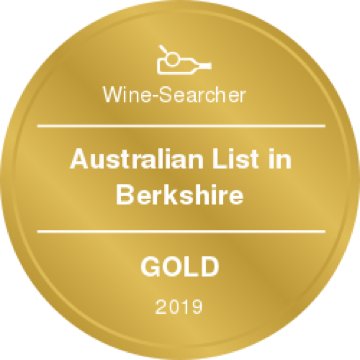
Australian List in Berkshire Gold | 2019
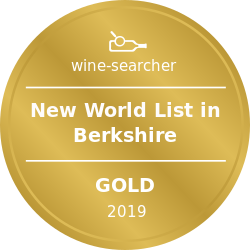
New World List in Berkshire Gold | 2019
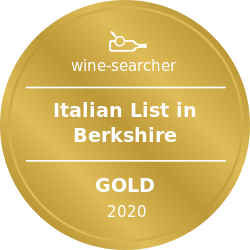
Italian List in Berkshire Gold | 2020
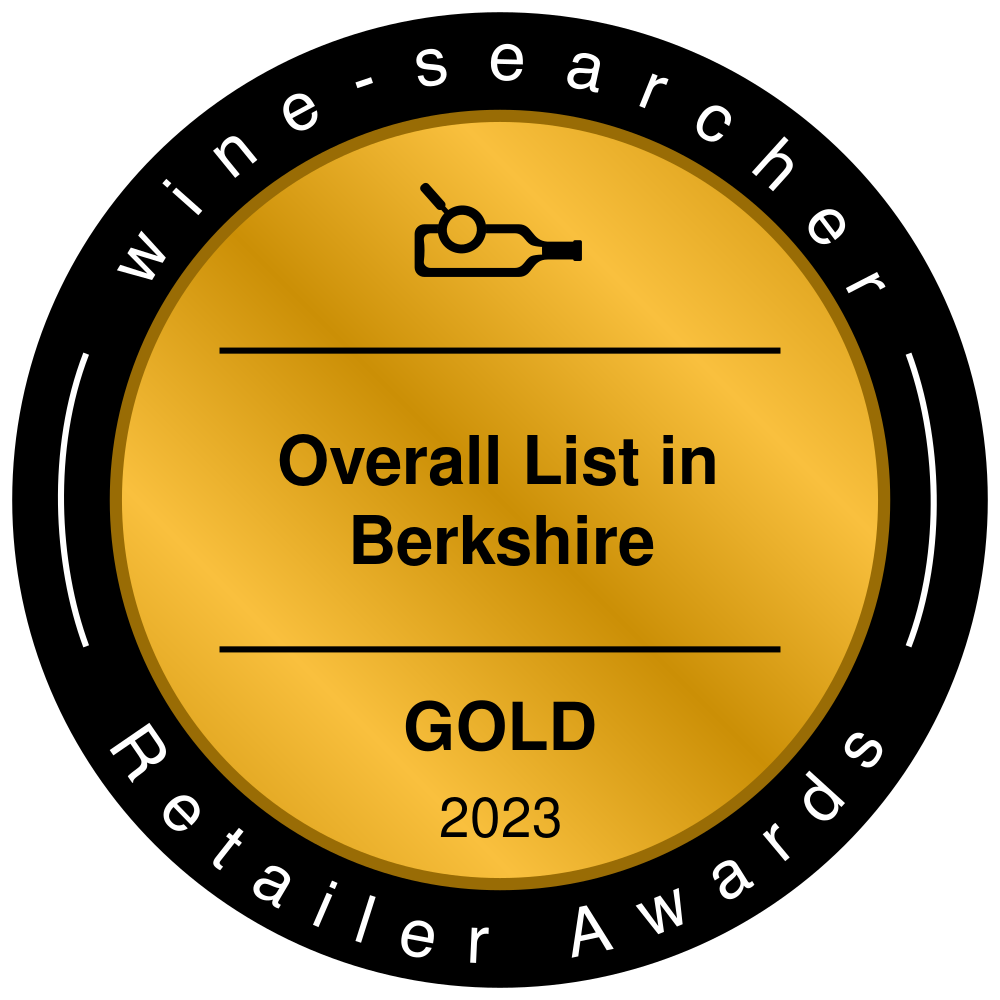
Overall List in Berkshire Gold | 2023

French List in Berkshire Gold | 2023
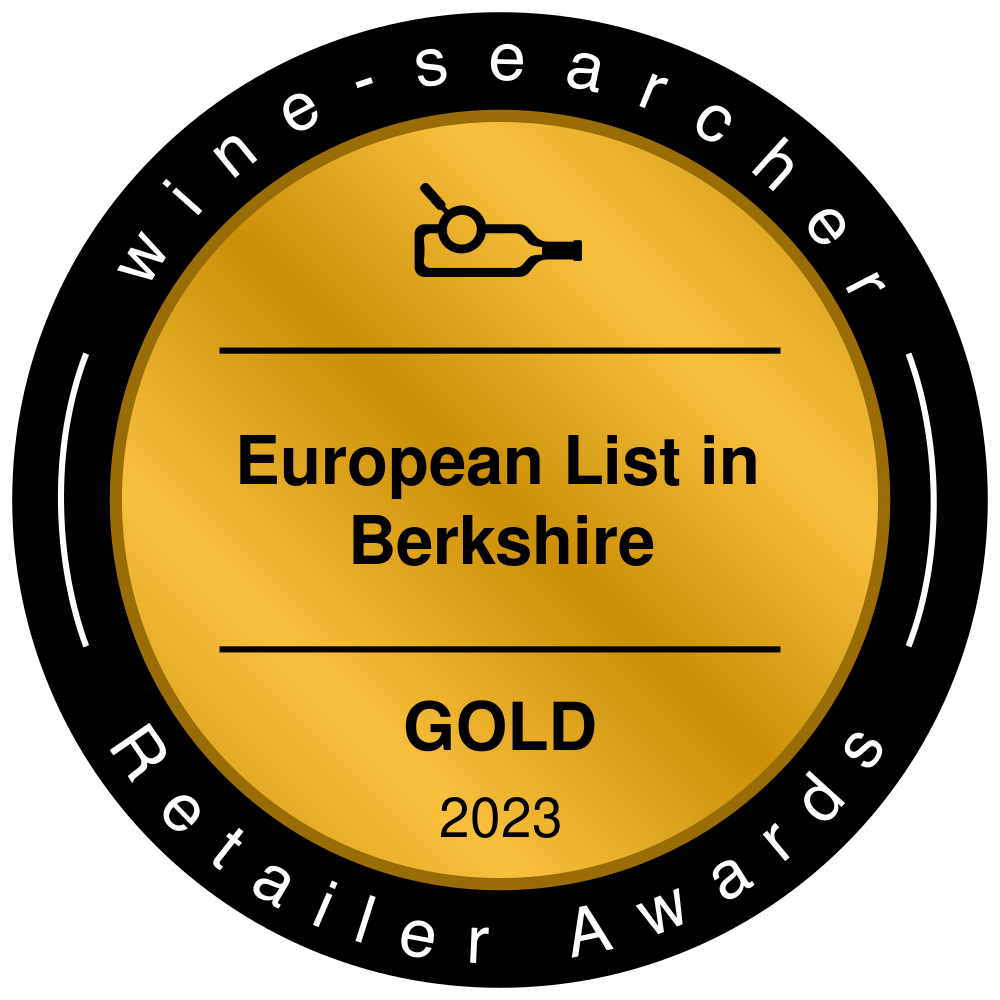
European List in Berkshire Gold | 2023